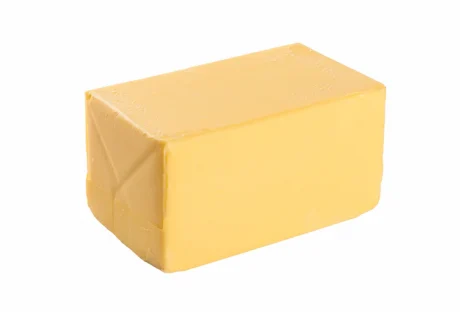Small businesses don’t always have a ton of cash or room to make costly mistakes, so every penny, every asset, every minute, counts.
Often, small businesses will turn to freelancers for certain projects where they need expert help, but that can also take a hit on your bank account, so ensuring the freelancer does good work is crucial.
Sometimes though, the freelance work falls short, leaving the small business low on funds with a deliverable that is unusable. So how do you avoid that? Let’s talk about a better way of finding freelance workers for your business.
Revenue Sharing Model

Each freelancer can be paid differently. Some are paid upfront or given equity, others are paid a percentage of the final revenue, and some are paid when the job gets done.
Here’s the best thing a small business that is low on upstart funds can do when it comes to hiring a freelancer:
Adopt a revenue-sharing model.
What that means is the freelancer gets paid when you do. They’ll complete the project, deliver all final assets to the business owner, but they’ll only get paid if and when you start making money. There will be a percentage that is agreed upon by both parties before the project begins, and if your business starts bringing in revenue, you’ll then pay off the percentage owed to the freelancer. If your business never makes money, you do not have to pay the freelancer a dime.
Why is this a good idea?
First of all, it decreases the risk for the business by waiting to pay the freelancer until there is secure revenue coming in.
Second, with this idea in mind, freelancers can do some of their best work. They aren’t just getting paid to finish a job, there’s a higher expectation of their work. They understand that if their work is mediocre, there’s a lower chance of them getting paid. It’s in their best interest to do the best work they can, not only to help you as a business owner but to help themselves as well.
Develop a Relationship
Far too often, businesses pay freelancers for work only to be unsatisfied with the end product. Many times this is due to a lack of communication on one or both sides. To ensure that you are getting quality service delivered from a freelance worker, it’s important to have an understanding relationship. Here are a few tips on how to accomplish that:
Describe Your Communication Style

If you’re not sure what your communication style is, it’s not a bad idea to find out or develop a system that works for you. Some people have very blunt ways of communicating while others are timider. Talking about your preferred communication style with the freelancer you hired will help to avoid conflict, assumptions, and hard feelings.
Explain Your Needs
Don’t be afraid to express where there are gaps in understanding. The freelancer is there to be an expert in an area that you may not be familiar with. It’s okay to say things like, “I’m not sure I understand that, could you explain how that works?” The more you can understand the process, the better you’ll be able to communicate and get an end product you’re happy with.
Do Your Part
If you feel there are gaps in understanding, take a step back, and see if there is anything you might have left out in communication with the freelancer. Sometimes we get in our own bubble and assume other people understand what we are talking about when in reality we need to explain certain things in more depth.
Good Luck!

Some of these tips may seem like a no-brainer, but you’d be surprised how often business owners fail to communicate well with the freelancers they hire. If you can adopt these practices into your business model, your freelancers’ work will improve significantly and you won’t have to worry about an unfortunate loss of precious funds.
Read also:






















